So it’s Year Zero +1 in the VR industry, and I thought it might be worth taking some time to assess where the industry is right now from what we (and Freddy) saw at CES last week.
Of course CES is a bun-fight of consumer technology, much of it very early, so you can only draw so many conclusions from what you encounter. Saying that, we noticed a few interesting developments which have informed some of our insights on the current VR space:
Content: The tech is there, now it’s time to bring on the content.
Anyone who has used the high-end tethered VR headsets (and even some of the newer untethered versions such as the FoVe) will know that they really deliver on the promise of VR by effectively transporting the user to another space. And the big platform owners are still needing more content that exemplifies the medium as an entertainment device. So it seems 2017 will be the year where the platform owners concentrate on the content and we can see a lot of effort going into innovative and benchmark content that can help define VR as a medium - one example is Oculus tying up with the makers of BBC’s Planet Earth for original VR content:
…so we look forward to developments.
Other players entering into Mixed Reality as Magic Leap keeps us guessing…
Mixed Reality (MR) in its various forms is set to be a big story in the coming period. You may have seen (and even believed) some of the sci-fi style demos from Magic Leap that place content in the world around the user in an amazingly realistic way. However, while Magic Leap looks a fair way off the horizon, other players are entering the space, and one such is Intel, who announced that their Project Alloy headset is to be available to consumers later this year:
Project Alloy is a self-contained headset that uses pass through cameras to merge the virtual world with real elements such the user’s hands or real objects within the room - they call it ‘merged reality’, and while it is still early, it shows a lot of promise.
N.B Intel’s term ‘merged reality’ also gives a clue to the many variations of mixed reality that we are likely to see this year also, and it is an area that RealityLab:London are exploring in various different ways with both our games and non-games clients.
Increased focus on the commercial applications of VR:
As our main focus is on applications of VR for business and industry, we enjoy seeing VR used in clever ways that show its practical advantages.
There were many good examples, and perhaps our favourite was this great truck simulator that combined the reality of the truck controls with reactive VR content via three external screens.
N.B There was also a small but significant non-CES announcement that Unity, the dominant engine technology for most VR applications, will be integrating OTOY rendering into its pipeline. In simple terms this will allow for much more realistic rendering in VR applications, which opens the door for more use in simulations for business and training purposes etc.
The HTC Vive tracker was also a significant development here: it is a standalone device that can be attached to objects and allows them to be integrated into the VR space. This will be a boon for anyone using VR for bespoke content such as training as specific pieces of hardware can be integrated into the experience with ease.
The rapid pace of change:
One of the most interesting things we noticed was the rapid pace of change in the VR space. While Vive must be congratulated for both their Vive tracker and the TPCast (which makes the Vive headset essentially wireless):
Both they and Oculus must have been surprised by new tech such as Nolo:
...which promises room-scale VR tracking and streamed content from Steam via your mobile phone, all for the princely sum of $89.
While it is early days, they had it working at CES and, if it delivers at consumer-scale, it could open up whole new exciting areas for VR applications in mobile devices..
It also points to how smaller and more nimble VR technology that is based around the mobile phones we have (as opposed to the ones that the makers want you to buy) could be a real growth area for VR in 2017, because the barriers to both entry and use are much more realistic.
Summary:
VR has gone far on reactions and images of smiling people in headsets, and now it's a case of it starting to prove itself - both as a mass medium, and as a serious tool for commercial application.
It is clear that the technology now delivers, and it's exciting for us content-creators and innovators within business and industry to utilise some of this this amazing technology in ways that play to the strengths of the medium and add real value to customers and workforces.
On a personal note, from what we saw at CES our enthusiasm in the transformative abilities and potential of VR, AR and MR technology is justified as we look forward to applying some of the technology we encountered for upcoming projects.



